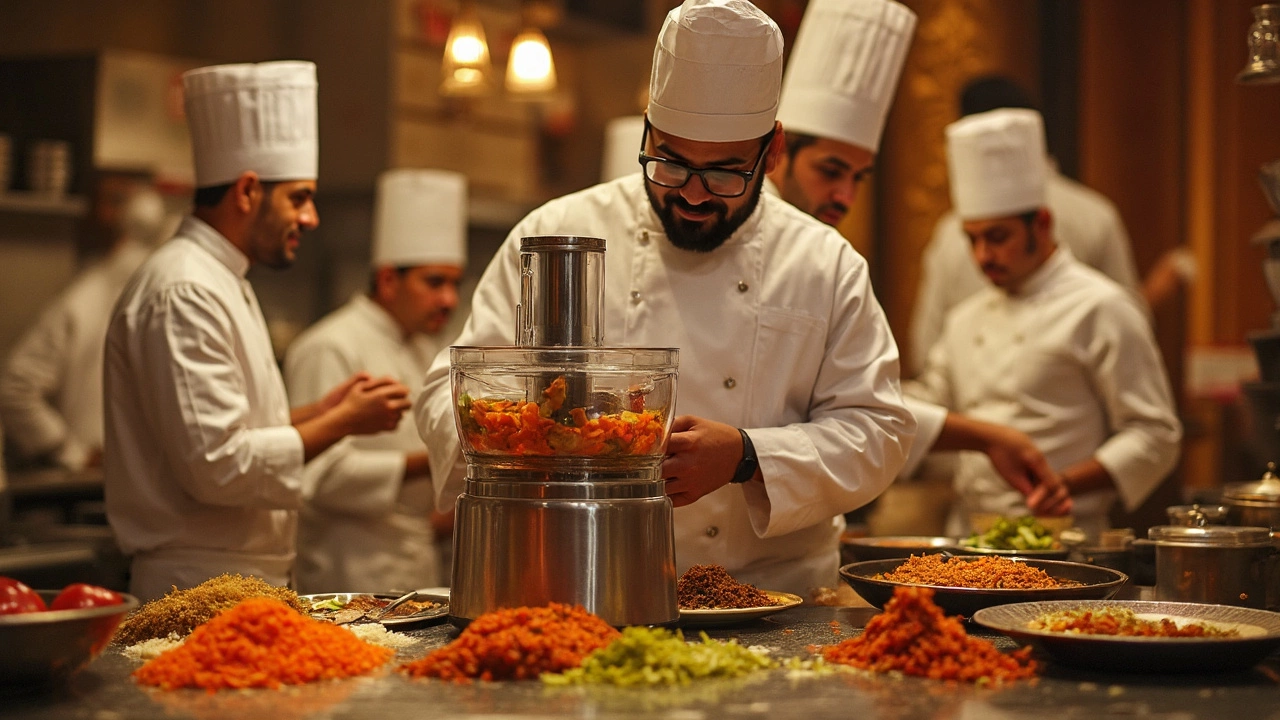Restaurant Equipment Guide: Must‑Have Machinery for Indian Kitchens
Running a restaurant means juggling orders, staff, and customer expectations. The hidden hero behind a smooth service is the right equipment. Think of it as the backbone that lets chefs focus on flavor instead of fighting with faulty tools. Below we break down the key machines every Indian eatery should consider, why they matter, and quick tips for choosing the best fit.
Core Kitchen Machines You Can’t Do Without
1. Commercial Oven – Whether you serve tandoori naan or baked desserts, a reliable oven is non‑negotiable. Look for a model with even heat distribution, programmable timers, and a sturdy door that seals well. In a busy kitchen, a consistent oven cuts cooking time and reduces burnt batches.
2. Food Processor / Mixer – From grinding masalas to whipping up batter, a heavy‑duty processor saves hours. Choose one with multiple speed settings and a stainless‑steel bowl that resists rust in a humid kitchen.
3. Slicer – Thin, uniform slices of onion, cucumber, and cheese make a big difference in presentation and taste. A blade‑change system lets you switch between vegetables and meat without cross‑contamination.
4. Refrigeration Units – Proper cold storage preserves freshness and meets safety standards. A walk‑in fridge with separate zones for raw and cooked items helps avoid mixing flavors and keeps your inventory organized.
5. Dishwasher – Hand‑washing plates slows down service and can leave hidden germs. An energy‑efficient dishwasher with high‑temperature cycles ensures plates are spotless and ready for the next round.
Choosing the Right Supplier
Not all vendors are equal. A good supplier offers after‑sales support, quick spare‑part delivery, and transparent warranty terms. Ask for a demo before you commit – see how the machine performs with the same dishes you serve daily. Also, compare total cost of ownership: a cheaper machine may need more repairs, while a slightly pricier one could save you money in the long run.
Another tip: check if the supplier follows Indian manufacturing standards. Machines built locally often have parts that are easier to replace and service technicians who understand regional needs.
When you’re budgeting, allocate about 30% of your startup costs to equipment. This ensures you don’t skimp on quality and can scale up as your menu expands. Keep a spreadsheet of each item’s price, warranty length, and expected lifespan – it makes future upgrades painless.
Finally, involve your kitchen staff in the selection process. Chefs know which knobs feel intuitive and which machines slow them down. Their feedback can prevent costly mistakes and boost morale when they work with tools they trust.
In short, the right restaurant equipment transforms a chaotic kitchen into a well‑orchestrated studio. Focus on durability, ease of cleaning, and energy efficiency, and you’ll see faster service, happier customers, and a healthier bottom line.

Do Restaurants Use Food Processors?
Ever wondered how your favorite restaurant whips up meals with such speed and consistency? It's not just about having a skilled chef at the helm; food processors are often the unsung heroes behind the scenes. From slicing to dicing, these machines save time and ensure uniformity in every dish. Restaurants rely on food processors to enhance efficiency and elevate the dining experience.
Read More